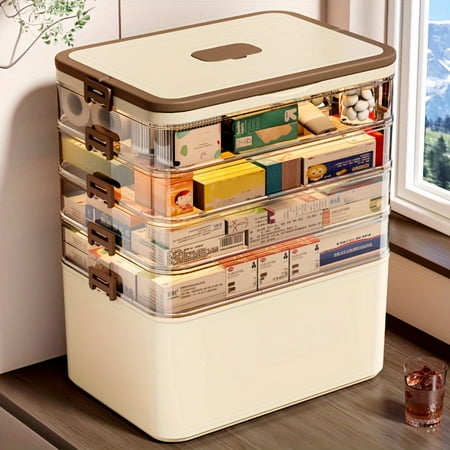10 things to never put in a toilet – master plumbers warn these will wreck your system
Here’s what to do instead
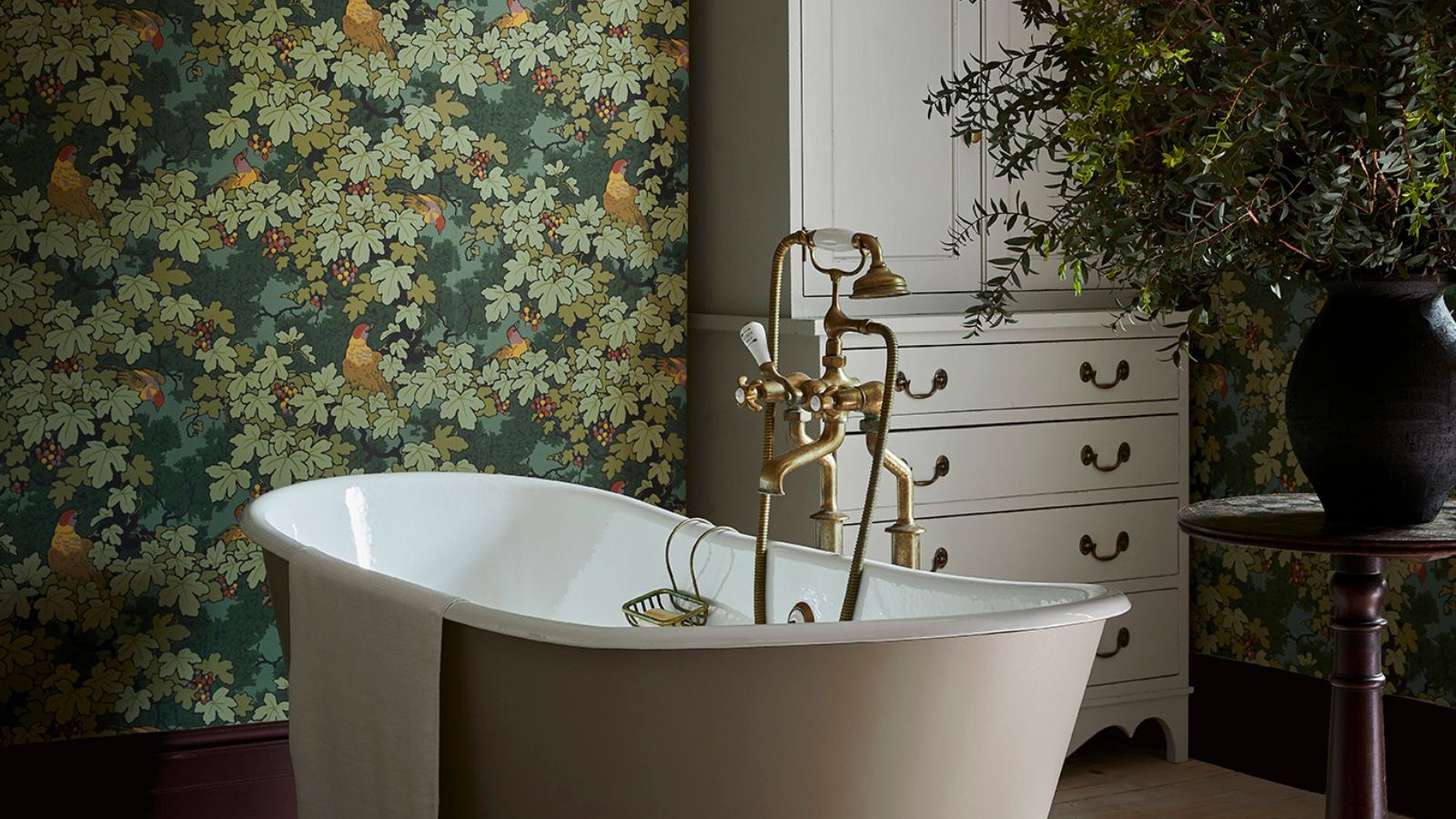

From clogged pipes to costly plumbing repairs, there are some things you should never put in a toilet to avoid costly damage.
Even products labeled ‘flushable’ aren’t always what they seem. Whether you’re cleaning quickly or just unsure what’s safe to flush, it’s worth knowing the dos and definitely don’ts.
Here, master plumbers reveal 10 things you should never put in a toilet to avoid common plumbing disasters – your pipes and wallet will thank you.
Things you should never put in a toilet
Flushing the wrong things can be one of the many reasons why your toilet won't flush, and can often require a professional plumber to come and fix.
Jaclyn Basilone, of Brooks Plumbing, explains, ‘Our sewers are meant to transport waste out of our homes, so now you may be asking yourself, "Why can't it carry away a flushable wipe or the toy racecar?" Well, sewers are gravity-fed systems, meaning there is no pressure to assist in forcing the travel of waste through the pipes... just water and gravity.
‘As such, if you have any sort of defect in the sewer like a break, an offset (misalignment of two sections of pipe), a belly (a sag in the pipe), or scale (sediment build up that occurs in metal pipes) gravity alone is sometimes not a strong enough force to get the job done.’
To prevent these costly issues in the first place, keep these items far away from your bowl.
Design expertise in your inbox – from inspiring decorating ideas and beautiful celebrity homes to practical gardening advice and shopping round-ups.
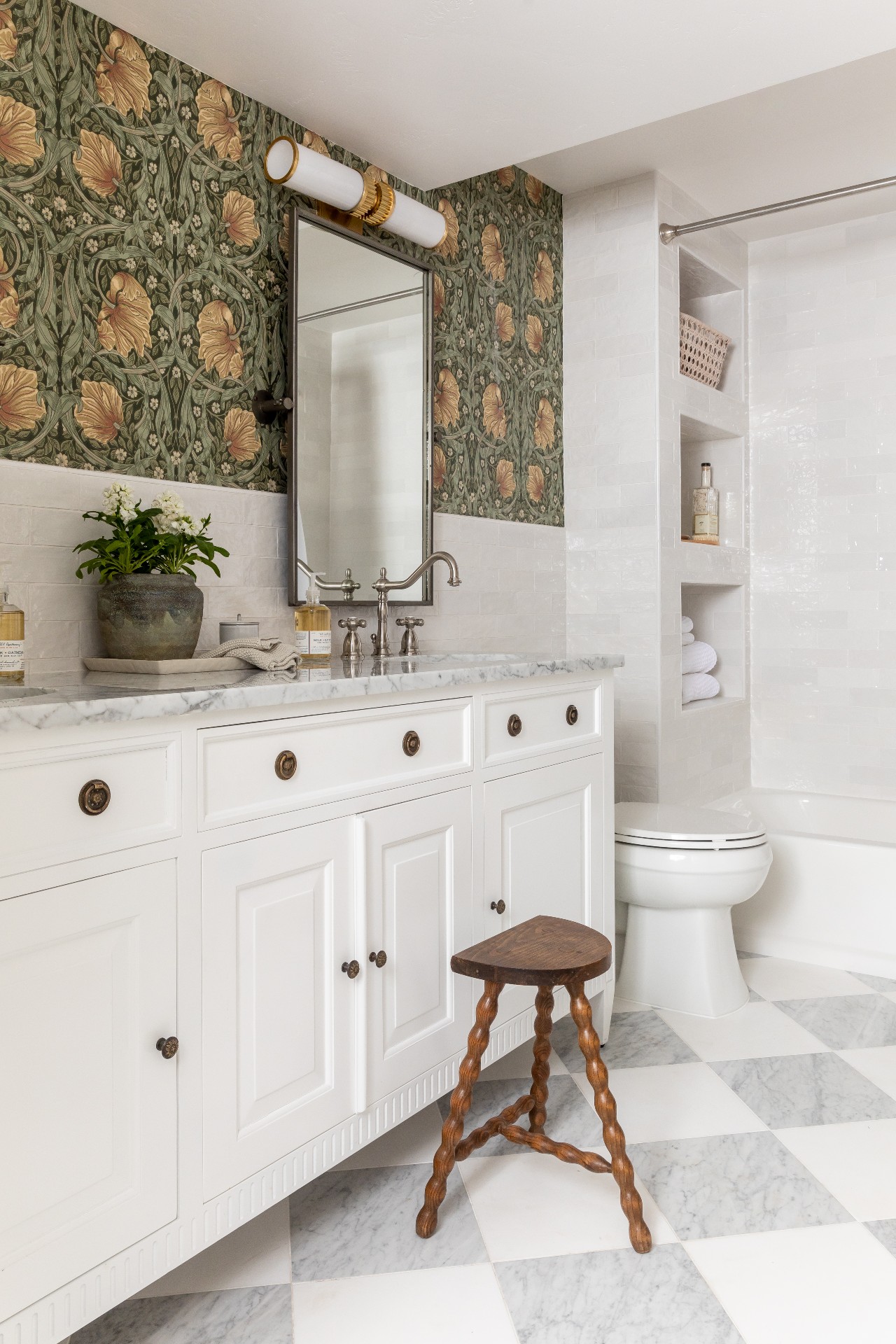
These 10 items can seriously damage your plumbing, especially if you continue the bad habits over time.
1. Disposable wipes
Not only are disposable wipes one of the many cleaning products that are a waste of money, but they are also one of the most important things to never put in a toilet.
Steven Bahbah, plumber and managing director of Service First Plumbing, explains, ‘They might appear to disintegrate in water, but they do not. Even the so-called flushable wet wipes consist of non-degradable fibers.
'These may accumulate within the plumbing, leading to serious blockages that may result in costly repairs. Dispose of them in a bin and not in the toilet. It is a good and easy habit to develop, and it spares homeowners the expensive plumbing problems in the future.’
We suggest switching from disposable wipes to quality microfiber cloths from Walmart and non-toxic cleaning products, such as the EWG-Approved Attitude bathroom cleaner, available at Amazon. Not only does this cut harsh chemicals from your routine, but it is a smart cleaning trick to reduce plastic use at home.
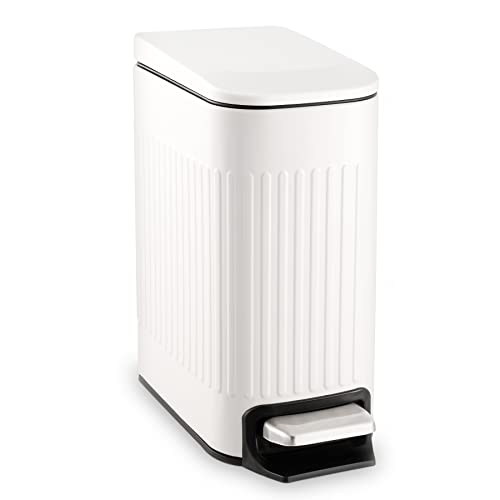
The inner removable plastic bucket makes it easy to get rid of bathroom waste and sanitize quickly and regularly. Available in seven colors or with the matching liners.
2. Hygiene products
Ben Hubbert, co-owner of Wright Home Services, warns, ‘Feminine products, like pads and tampons, are made to soak up liquid, and they expand as they do. This is the last thing you want happening inside your pipes or septic tank.’
The same goes for any baby products, such as diapers or pull-ups.
One thing people with clean bathrooms always do is include a lidded trash can, readily available at Walmart, with a trash bag, for hygiene products. The lid keeps any odors trapped to banish bad bathroom smells, while the bag makes it easier to empty and clean when cleaning a bathroom weekly.
3. Paper towels and tissues
Although paper towels and tissues might not seem that different from toilet paper, they should never be put in a toilet.
Ethan Lawrence, plumbing technician at Service Force Plumbing, explains, ‘Have you ever seen a TV commercial for paper towels that said they fall apart easily? Of course not. Paper towels are designed to hold together when wet, and that's what they'll do if you flush them down the toilet – stay intact and risk clogging up the works.’
These items should instead go in the trash. Alternatively, to avoid creating unnecessary trash at home, switch to reusable sponge cloths from Target, for cleaning or washable handkerchiefs instead of tissues, when you have a cold.
4. Cotton products
Cotton products are everywhere in a bathroom, from swabs to pads, all perfect for cleansing and perfecting a skincare routine. However, like paper towels and hygiene products, these should all go in the trash, rather than your toilet.
Ethan continues, ‘Another no-no is items made with raw cotton, which are common in bathrooms and can tend to end up in the toilet bowl. Cotton balls and Q-tips - especially with plastic stems – are two major offenders. Cotton expands when wet and does not break down like toilet paper.’
To be more sustainable at home, consider switching to reusable, washable ‘cotton’ pads from Amazon. While more expensive up front, they can be quickly refreshed when doing laundry, saving money and resources in the long run.
5. Medications
Medications are a hard item to declutter when organizing a medicine cabinet. They cannot go in the trash can – but they are also one of the many things to never put in a toilet.
Not only can packaging damage your pipes, but medication can cause serious environmental and human harm, especially as some wastewater treatment plants are not designed to remove all pharmaceutical compounds. In extreme circumstances, it may also contribute to the development of drug-resistant bacteria.
To safely dispose of medications when decluttering a bathroom, always take them back to the drugstore, and they will dispose of them safely for you. Empty medication packets and containers should go in your regular household trash after any identifying stickers have been removed.
6. Household chemicals
There is more than one reason to switch to non-toxic bathroom cleaners besides your health.
Steven says, ‘Some of the chemicals should never be flushed into the toilet, such as cleaning reagents or disinfectants. Such chemicals may destroy not only your pipeline but also nature. Toilets are not made to contain tough chemicals, and by pouring them into the system, it may corrode the pipes or, in some cases, it may even precipitate leakage.
‘To get rid of these chemicals, get in touch with the local waste disposal place or call upon a reputable chemical disposal service.’
For heavy-duty cleaning tasks, including cleaning the toilet, switch instead to non-toxic products such as the Ecover toilet bowl cleaner, from Walmart, which offers a pine-fresh scent and removes water marks without harsh chemicals.
7. Dental floss
Dental floss may seem innocuous, but it can wreak havoc on your plumbing.
Aaron Adams, master plumber and CEO of Aaron Services: Plumbing, Heating, Cooling, warns, ‘One that many people probably don't think about is dental floss. These long, strong strings can get tangled in a sewage ejector pump and burn out the engine.
'They can also get caught up on any rough spots or breaks in your drain lines. Over time, they can accumulate and catch other flushed materials, causing a major clog in your sewer line.’
Instead, always toss floss in the trash can.
8. Cat litter
Although it might seem safe to flush, and a practical way to keep a home clean with cats, kitty litter is a common cause of blockages, and is an important item to never put in a toilet.
Emily Demirdonder, director of operations at Proximity Plumbing, shares, ‘One thing most people forget is kitty litter. Some brands advertise flushable clay or corn-based litter, but it expands, clumps, and settles in pipes. It does not move through the system like water. I had a callout where the litter had hardened inside the main line and caused a $2,000 excavation. Always bag used litter and put it in the trash. Never flush it.’
Jim Criniti, CEO at Zoom Drain Franchise, adds, ‘Cat poop can carry a harmful parasite called toxoplasmosis, which isn't removed by water treatment systems. These parasites are extremely dangerous for humans, especially pregnant women and people who are immunocompromised.
‘The best way to dispose of cat mess safely is to scoop it into a bag and throw it into the trash. To manage odor, try adding baking soda to the litter box and replacing the litter regularly.’
We suggest using scented trash bags, from Walmart, to trap odors and prevent damage.
9. Dead fish
It is somewhat of a cartoon trope, but flushing a dead pet fish down the toilet is a big no-no, no matter what the Pixar classic Finding Nemo tells you.
Jim explains, ‘Flushing a fish is unsanitary and risky. It could be carrying diseases or parasites that may have caused its death. These can linger in your toilet or pipes, potentially causing health issues. Plus, bathroom bacteria can stick to the fish and spread. If the fish gets stuck in your plumbing, it might cause a blockage or even an infestation.
‘The best way to dispose of your dead fish is to put it in a plastic bag and bury it in your backyard. You can also throw it into the garbage or even consider cremating your fish as well.’
10. Food
You should always dispose of food in a kitchen trash can, sealing it up in a waste bag before moving it to your outdoor waste bin.
Aaron shares, ‘Recently, a customer had flushed chicken wing bones down the toilet. The toilet was running, and the combination of a clog with the running toilet caused the toilet to overflow onto the bathroom floor.’
What to shop
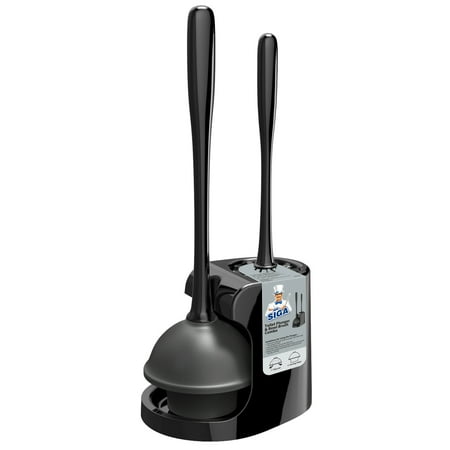
Should a block occur, the worst thing you can do is keep flushing. Having a plunger near by can help alleviate pressure on your plumbing to prevent a worse issue.
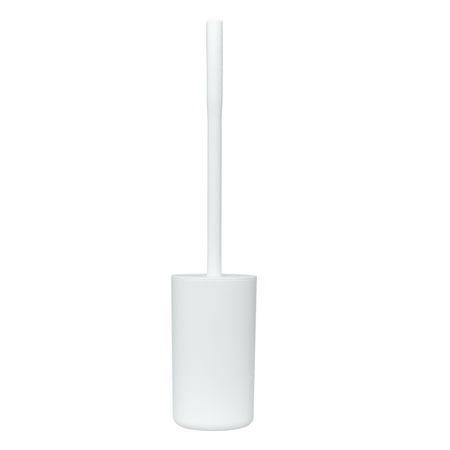
Cleaning your toilet regularly can also help to keep your plumbing in good condition.
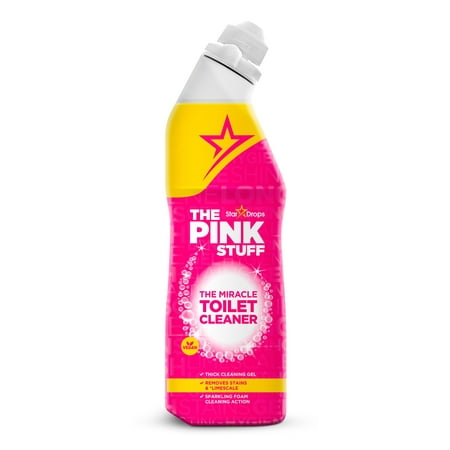
With a clinging formula, this toilet gel effectively removes tough stains, limescale, and grime, leaving your toilet sparkling clean with all-natural ingredients.
Meet the experts

Aaron is a licensed master plumber and CEO of Aaron Services: Plumbing, Heating, Cooling. He's been plumbing for more than 35 years and has led his team through thousands of plumbing service calls a year. He has helped countless customers with clogged drains.
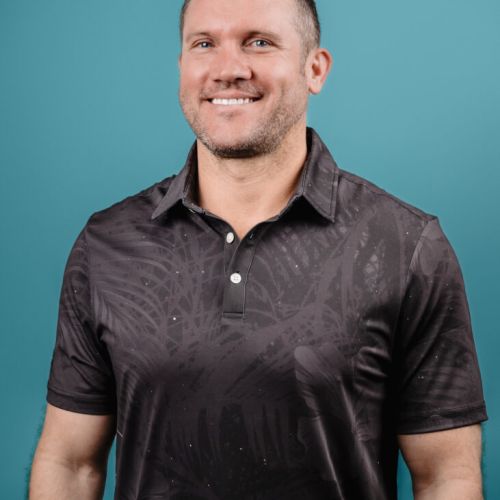
Upon leaving the Air Force, Ben founded Champion AC in 2007 and built it in to one of the largest residential HVAC companies in Texas.
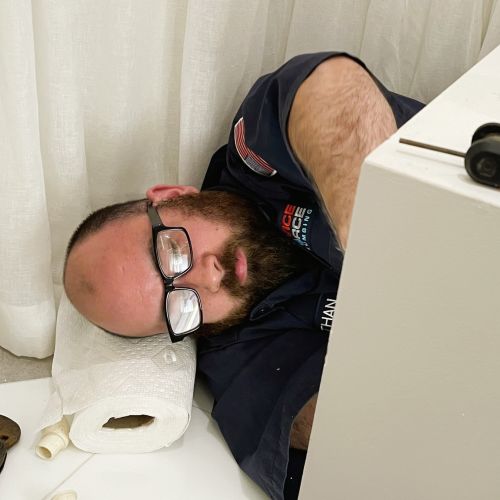
Ethan Lawrence is an experienced plumber working with Service Force Plumbing, specializing in water filtration and well water.
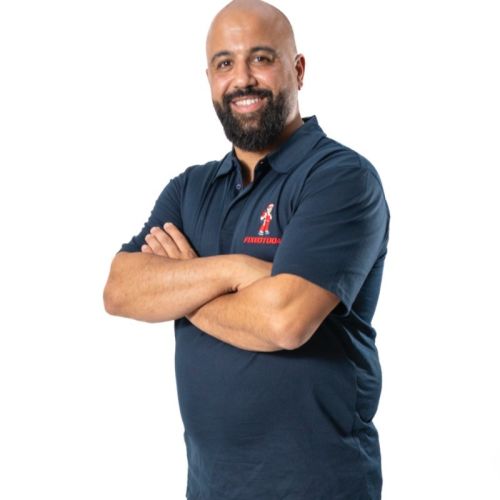
Steven has decades of hands-on plumbing experience, and is now managing director of Service First Plumbing.
If you flush the wrong items, or a block occurs regardless, it is always worth knowing how to use a plunger for a fast fix to slow-draining appliances.

Chiana has been at Homes & Gardens for two years and is our resident 'queen' of non-toxic living. She spends most of her time producing content for the Solved section of the website, helping readers get the most out of their homes through clever decluttering, cleaning, and tidying tips. She was named one of Fixr's top home improvement journalists in 2024.
